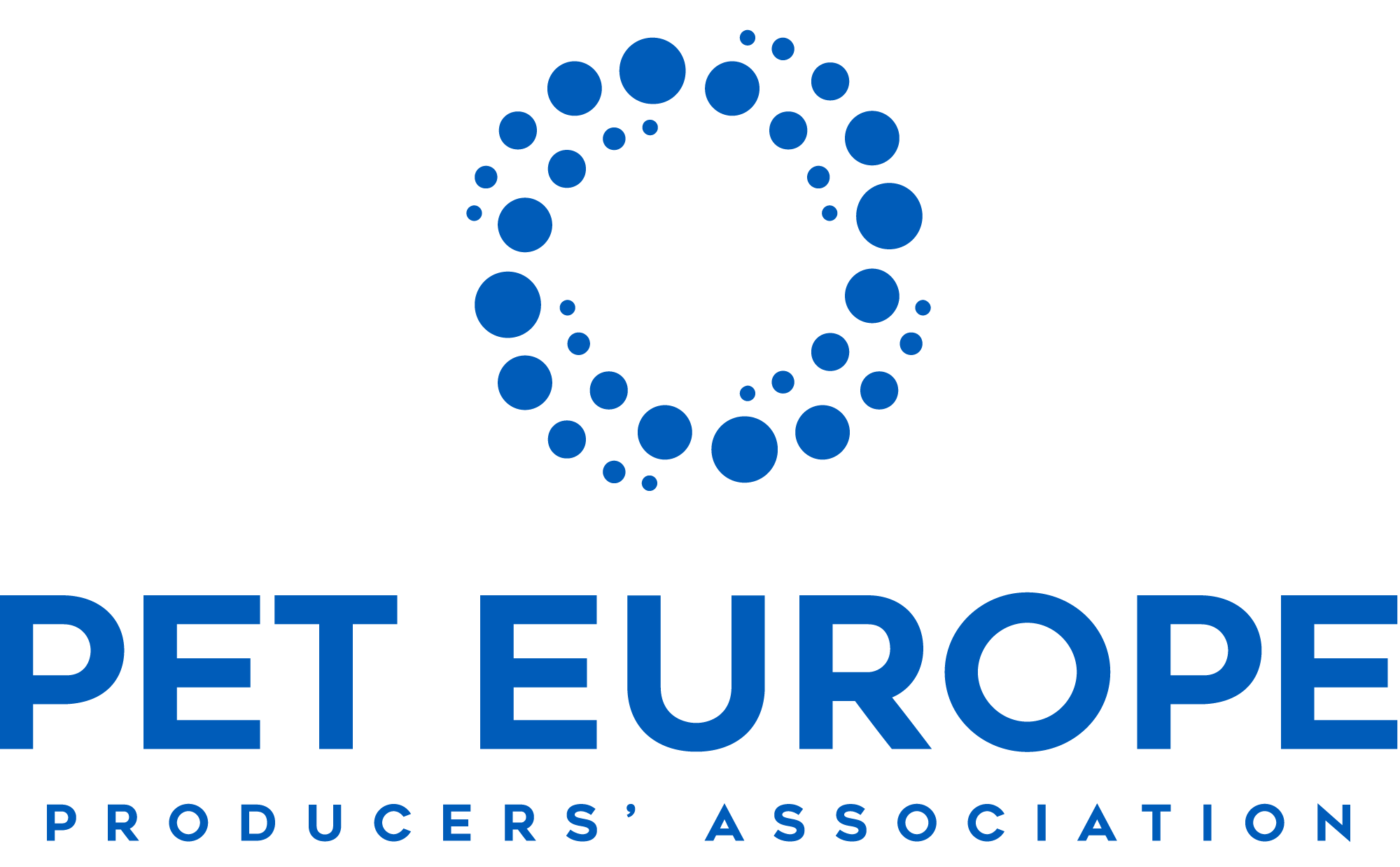Frequently Asked Questions
1PET recycling is very cost intensive?
With all emerging technologies there is a “higher” entry cost, consider Electric vehicles etc. All plastics recycling/recovery technologies are in their infancy, since 1995 PET recycling has been growing steadily. Compared to new PET, manufacturing bottles from rPET requires only half of the energy, and results in a five-fold reduction in CO2 emissions. According to Swiss Climate Experts, rPET is 75% more environmentally friendly than virgin PET, and has a much better overall ecological balance than glass.
2Are plastic materials the biggest source of packaging waste in Europe?
No. As per the official statistics of the EU, Plastics accounts for 1.9% of total waste as per below:
• Municipal waste accounts for only about 10% of total waste generated when compared with the data reported according to the Waste Statistics Regulation.
• In 2018, the total volume of packaging Municipal waste generated was estimated at 77.7 million tonnes.
• Over the 10-year period ‘paper and board’ was the main packaging waste material generated, contributing 31.8 million tonnes to the total packaging waste generated in 2018, close to 41% of total Municipal waste or 4.1% of total waste. Plastic packaging material and Glass have similar figures close to 15 million tonnes, approx. 19% of total municipal waste each or 1.9% each of total waste. Wood packaging accounts for 12.5 million tonnes (16%) and metal packaging accounts for 3.9 million tonnes (5%) of collected municipal waste, which is 0.5% of total collected waste in 2018.
• For PET, the industry recognises the recoverable value of PET and has been actively working on the collection and recycling of PET since the 1990’s. The current EU collection rate is now above 50% and continues to grow year on year.
• EU Legislation is helping to drive the recovery of PET with set target dates for recycle content.
3Decreasing quality: disposal/incineration
Many materials (plastics, glass, paper, cans, building waste etc.) are subject to public littering, this can be in the form of individuals, criminal activity, accidental losses from collection processes and deliberate disposal to land/sea by public authorities. Inevitably public littering does lead to contact with oceans.
As with all recovered materials there will be some that are not recoverable in the simplest sense. Certain types of contamination, such a fillers and solid pigments prevent full recovery of the recovered waste. However, these materials are very valuable sources of energy and if managed correctly can release energy for other uses such as electricity production. PET has an available energy content of 24MJ/kg.
4Recycled pellets may not be reused for food packaging?
• For PET, the amount recovered that is used for direct food has been increasing over time.
• All PET manufactured in Europe is food grade even if it is not used for food contact applications.
• EU Regulation prevents some recovered PET being used in food contact applications.
• Some forms of recycling require recycled materials do go to secondary uses.
531% of recycled plastic waste is not recycled.
Strange question, if the recycled waste is recycled, it is recycled?
• In Europe 42% of all plastics is recycled, 39.5% is sent to energy recovery and 18.5% is disposed of in landfill.
• PET leads the way with plastics recycling. In 2018, 47% of all PET packaging was recycled and for PET bottles the collection rate increased to 52%.
6The proportion of recycled material in “recycled packaging” is not consistently transparent and neither is the information on where it actually comes from (e.g., plastic residues from plastic production and not collected from the circular economy).
• Plastic residues, sometimes called “in house scrap” are not generally classed as being recycled. In fact, “in house scrap” is often the same quality as vPET and is traded as such.
• Due to the high quality of rPET that is required, both by law and technically, it is impossible to distinguish between rPET and vPET when both are used to make a new bottle. It is incumbent on the bottle maker to mark, via labelling, that there is a particular % recycle content in a bottle/container.
• The Single Use packaging regulation requires a verifiable recycle content in plastics bottles and sets target dates for this to be completed.
7Should we get rid of plastics packaging and are they bad for the environment?
No, according to scientific studies, plastics packaging are usually the greenest option. They are better for the environment than metal, glass, cotton and usually paper, replacing plastic can increase harm to the environment. Getting rid of plastics would lead to no internet, no cell phones, no computers, no medical devices, no electricity to our homes, and so on.
8Should we replace PET bottles with aluminium cans or glass bottles?
No. Studies show that PET is the greener option. Replacing PET with aluminium cans or glass bottles would harm the environment as they require more energy, increase waste and release far more carbon dioxide.
9Should we ban plastics because they cause litter?
No. People are the cause of litter, not materials. To stop litter, we need to encourage better human behaviour via education and legislation, more collection infrastructure and recycling facilities.
10Do plastics consume huge amounts of fossil fuel?
No. Only 4% of extracted oil is used to make plastics, by using those plastics we save more oil by reducing transport weight, by thermally insulating buildings and by using less energy to make than other materials. The EU aims to be climate neutral by 2050 and following the action plan of the EU Green deal, rPET will have a key role to achieve the targets set by the EU parliament.

